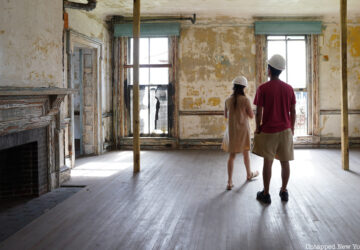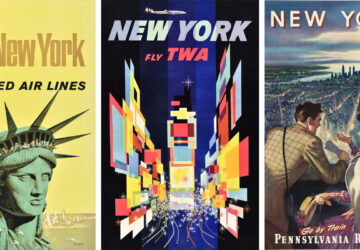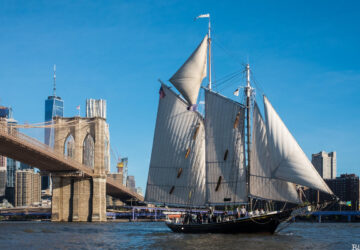5. Huntington
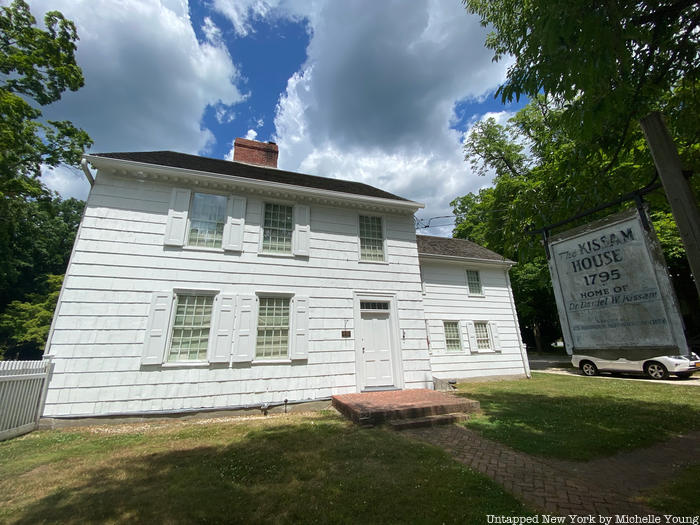
Huntington is a hamlet in the Town of Huntington with one of the largest downtown areas in all of Suffolk County. Its central business district is named Huntington Village, although it does not have a village form of government. The Matinecock Indians were the earliest residents of Huntington, but the native population soon declined after European settlement. Three men from Oyster Bay, Richard Holbrook, Robert Williams, and Daniel Whitehead, secured a deed for the land, and the town of Huntington became an established community by the end of the 1600s with a school, a church, flour mills, saw mills, brickyards, tanneries, a town dock, and a fort. However, since the area relied on farming, slavery existed in Huntington, and the 1755 census revealed that there were 81 slaves belonging to 35 families.
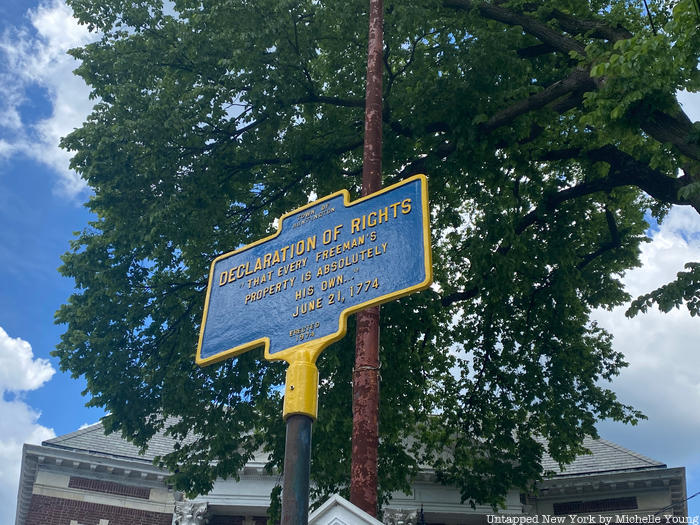
During the American Revolution, Huntington adopted a “Declaration of Rights” stating that “every freeman’s property is absolutely his own,” and supposedly Nathan Hale began spying on the British around Huntington Bay. The British used Huntington as their headquarters following the Battle of Long Island. Following the war, Huntington’s population doubled in just a few years, and after the arrival of the LIRR in 1867, the area shifted from agriculture and whaling towards tourism and commuting, becoming a major summer resort area. World War II saw a massive increase in population with plenty of large estates, and from 1950 to 1960, the Town’s population increased 165%.
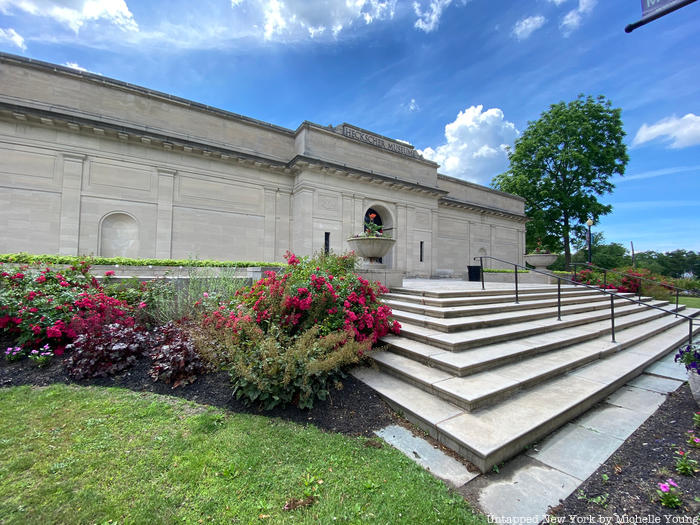
The Heckscher Museum
According to the Town of Huntington, “The vibrant cultural scene in Huntington village—featuring a Fine Arts museum, independent cinema, first class concert venue, and local galleries, as well as superb restaurants, has earned Huntington village the nickname ‘The Little Apple.'” The hamlet of Huntington is home to 26 places listed on the NRHP, including sites like Fort Golgotha and the Old Burial Hill Cemetery, Old Town Green Historic District, the Henry Townsend House, and the Walt Whitman birthplace. The West Neck Road Historic District houses 26 buildings, some of which dating back to the mid-18th century, and Huntington is home to many historic homes and estates like the Potter-Williams House and the Gilsey Mansion. Heckscher Park, also on the NRHP, is known for its large pond, tulip festivals, and the Heckscher Museum of Art, housing works by Thomas Eakins, Winslow Homer, and Frederic Church. Nearby Caumsett State Park in Lloyd Harbor and Cold Spring Harbor State Park offer views of Oyster Bay and Huntington Bay, and notable sites in the downtown include The Paramount and The Book Revue.
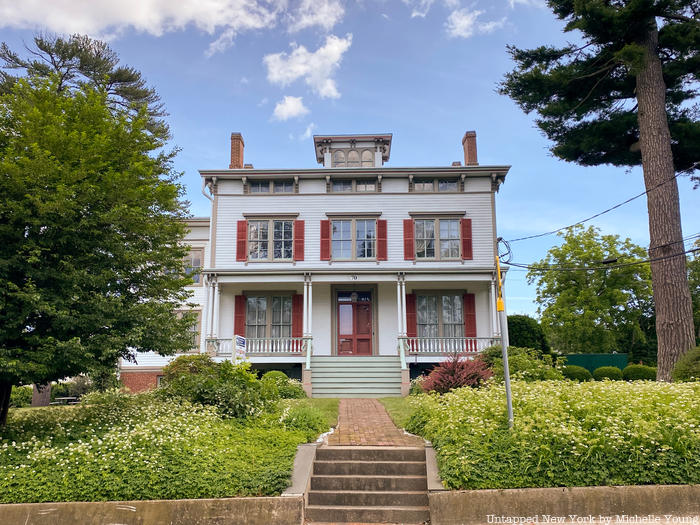
The Ida Bunce Sammis house, home of the one of the first two women elected to New York State Assembly
With a rather extensive downtown, Huntington offers a very diverse selection of dining options from Argentinian to Cuban to Afghan. For Latin American fare, Sur Argentinian Steakhouse and Cafe Buenos Aires offer everything from Argentine tapas to steaks to ropa vieja, while Quetzalcoatl Fine Mexican Cuisine and Oaxaca Mexican Food Treasure serve up authentic southern Mexican options. The downtown boasts plenty of Italian eateries like Restaurant Joanina, Osteria da Nino, and Porto Fino, and pizza is the specialty at Little Vincent’s and Jonny D’s. Popular Asian eateries range from TOA Asian Fusion to MB Ramen to Albert’s Mandarin Gourmet, and Thai favorites include RaCha Thai Cuisine and Thai Thai Villa. Steaks feature prominently on the menus of Prime and IMC, while Mediterranean-style fish is the star at Neraki and Parea. Huntington also has a vibrant bar scene, including Vauxhall, Finley’s and Nag’s Head Ale House.
